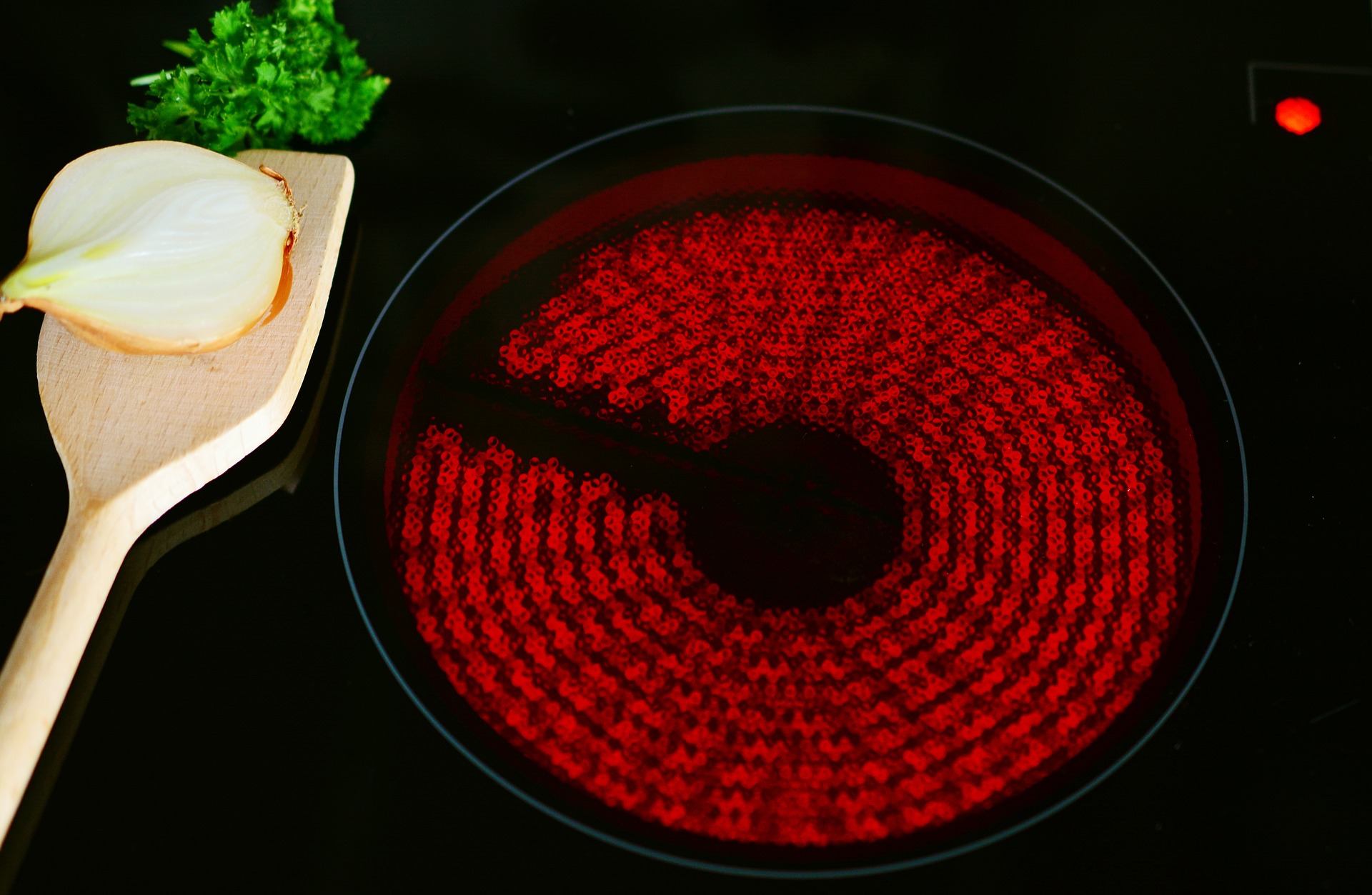As people become more environmentally aware, it’s safe to say the word sustainable has became a bit of a buzzword. However, are people really incorporating environmentally friendly practices into their lives? Let's have a look at an example. Sustainable fashion. This entails second hand shopping for clothes or fixing clothes. The aims is to stop using fast fashion stores that have factory locations around the world that aren’t practiced in an environmentally or humanly ethical way. The hope is that this will decrease demand for such products, therefore, decreasing the footprints we’re leaving behind us.
So how can the hospitality industry help with sustainability? In our sustainable series we will be looking at different areas in the industry to investigate what is being done and what more could be done. We've got all the tips!
Today we will be discussing restaurants and what they can do to become more environmentally friendly for the world around us.
Environmentally Friendly Food Options
The culinary world is thriving. New chefs bring us new inventions, and new ways to present the food we thought we loved, by making it better than we could ever imagine. But with all this new innovation, is it perhaps time for us to invent a safe way to produce these lovely meals so we can enjoy them guilt free? Or better, so that we can enjoy them more knowing there is a positive impact right on our plates?
University of Oxford found that the meat and dairy contributes for 83% of farmland and shockingly 60% of agriculture’s greenhouse gases. Beef produces up to 150kg of greenhouse gases per 100kg, and lamb at 27kg. Port is slightly less at 14kg. Chicken is the least with 12kg. But how do we change this negative impact? Ask questions. Where did the meat come from? Ensure that, for example, the beef cattle are grazing through natural pasture rather than deforested land. Deforested land generates 12 times more gasses than a natural environment. Ask about the animal’s welfare. For example, if the farms avoid soya and the use of antibiotics in food for the cattle then they are probably causing a lower impact. Regardless, it should be noted that reducing our consumption of meat overall would really do a lot for the world.
Another thing to consider when building a more environmentally friendly restaurant would be dairy. Ensuring that your dairy is sourced from free range dairy pastures is best practice. This ensures that the animal welfare is put first. Animal welfare is so important to bare in mind, as consumption of milk has fallen by a third, and it seems that the cows are now living longer from the welfare schemes and feeding costs changing. Another thing to consider is bad PR. Backlash is bound to happen if the public see that your provided dishes don’t follow ethical means.
Energy
We know that energy is costly for the wallet, but it also costs our environment. There are some changes to ensure that you can minimise any the damage and be part of the solution.
Installing induction and electric hobs that will only draw power when needed. Finding any new technologies that reduce cooking time is a win. Save time, money and the world all at once, a pretty sweet deal!
It has been found that consumers would opt to eat at sustainable restaurants that show their dedication to reducing their carbon footprint and that the public are becoming aware of which restaurants are energy efficient and sustainable.

Plastic
It’s safe to say that plastic is the most spoken about thing when it comes to doing our part to save the planet. More and more people are using paper and metal straws, bringing reusable bags for their grocery run; but it’s hard to determine how a restaurant will positively impact this growing movement. So what can you do?
When it comes to food deliveries, a few places are trying to find alternative ways of doing this. For example some meat, fish and produce suppliers are now delivering loose ingredients, meaning that there is no packaging at all, and providing them in reusable crates which can be cleaned and returned to the companies from the restaurant. Stop using cling film and store anything in hard plastic containers, or better yet, the beeswax wraps which can keep food freshly wrapped. You could even try to reduce food waste and you may not need to think about cling film again.
People
Try to motivate your staff to encourage the sustainable lifestyle and teach them on how to take these tips from the restaurant back to their home. A movement can only start from, well, a movement; why don’t you make the move in your workplace and see what changes you can make together!
Xpressjobs has hundreds of restaurant jobs based across the UK. Browse vacancies and apply now! Be the inspiration in your workplace to introduce more environmentally friendly solutions!